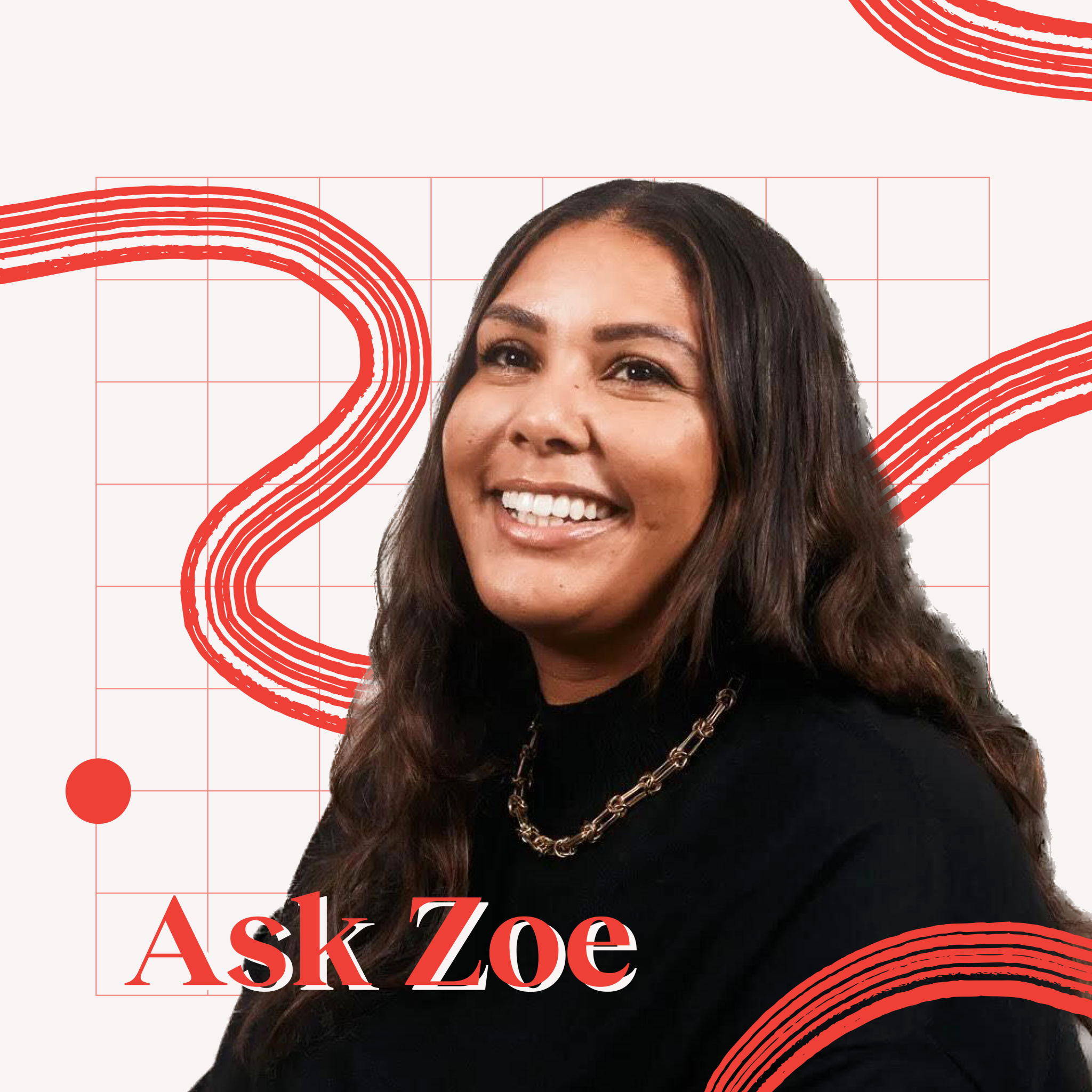According to Celine Prinse, it’s important to have a brand voice to establish a connection with your target audience and differentiate yourself from competitors — you want to be recognisable.
Celine was at one of the UK’s top five advertising agencies before joining Patchwork Health — an end-to-end workforce solution for the healthcare sector — to build its brand and growth as marketing director.
In our Startup Life newsletter, she gave us her top tips on how to create a company’s brand voice for the first time.
Get the entire team involved
Ensure that finding your brand voice is a cross-company exercise to include a variety of perspectives and get buy-in from all company functions. Include the CEO and the marketing team, as well as the founders, product and customer success teams.
Workshop your brand
Your brand voice should always flow out of your company’s vision (the future dream and end goal), your mission (what you’re doing day-to-day to achieve that vision) and values (what you stand for). Hold a workshop with the team to solidify these.
One simple and effective option: ask everyone to write answers to questions including, "What do you think our North Star should be?" (vision), "Why do you come to work every day?", "What do we do differently?" (mission), and "What do you really care about?" (values). Once shared aloud, pull out the commonalities and use these as the foundations to form a powerful one-line statement for each question — a sentence that people can rally behind. Once you know what you want to convey, the marketing team needs to translate that to external messaging like tone of voice and content.
Bring in external help
To avoid groupthink and founder or marketing team bias in workshops, it’s helpful to bring in someone external to facilitate the workshop alongside your marketing team. A good consultant can cost £1,000 a day. If you have the money, bring in an agency to support.
Do your market research
Look at your competitors. What are their visions, values and missions? What are they saying (their brand voice) and how are they saying it (their brand tone)? What can you learn from it? How do you want to be different?
Research your target audience
Carry out customer interviews. What are their pain points? What are their desires? What are their fears? What do they care about? What are their selfish needs, ie. the things they actually want? You want to make sure you resonate with them and their needs.
Test everything
Creating a brand voice should be data-driven. Start with the qualitative data. Run focus groups to find out what your customers and target audience think of your initial brand voice ideas. Test out different voices to find what resonates with your customers the most. Write the same piece of information, for example, in four different styles (it could be inspiring, authoritative, funny and formal) and get them to score them across criteria like "Did this align with your expectations?", "Describe how you felt reading this" and "Which one resonated most?"
Also, test things in the real world to get quantitative data: try different email subject lines and different content and see what performs best. Then iterate and test again. Once your brand is in the real world for a while, you want to do deeper analysis to evolve the brand even further. Ask questions like:
- What’s your market share?
- Who's talking about you? Who isn’t?
- How high are you ranking on search engines?
- What’s customer loyalty like?
- How engaged are customers?
As the company expands alongside your product and services, keep assessing whether your voice is catering to new segments.
Finally, be consistent
Once you’ve found your brand voice, create tone of voice guidelines and train the entire team with it. Have a list of do’s and don'ts, outline what the brand sounds like, how you use humour or don't use humour and even grammatical things like where you use capital letters or whether you use the Oxford comma. Your messaging across all channels — website, social media, every single customer interaction — should reflect your brand voice. It will make the brand more and more familiar to potential customers, building trust, and ultimately converting them to customers and retaining them.
On the subject of... brand voice
📣 Brand voice 101. HubSpot has put together this guide (with templates) to help you discover your company’s voice.
🏃♀️ Practical brand exercises. These exercises will help you create a brand that centres your company’s purpose, position and personality.
🦄 The Klarna case study. Here’s how the Swedish BNPL unicorn built its brand.



